BMW i3 crash test – carbon has its pros and cons
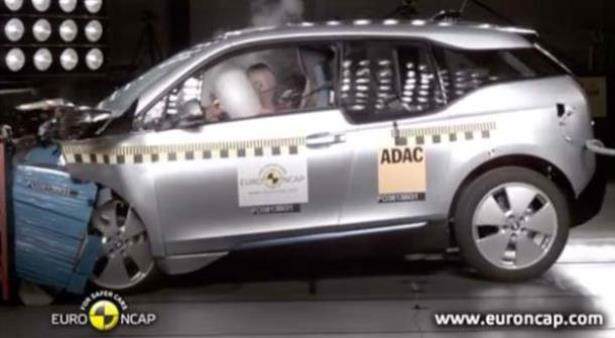
Overall BMW i3 scores well in the the crash tests, better keeping safe people inside, from those outside…
It’s got four stars. And more sprecisely:
- 86% for adults;
- 81% for kids;
- 57% for pedestrians;
- 55% safety assistance.

wasn’t it supposed to be better with the carbon?
It was kind of expected of i3’s carbon structure – that it will be more rigid. So it’s a bit of surprise and we’ll try find more info about to share.
More and everything else in this modern car matters it is mostly made of carbon fibers, so details from the specific tests matter:
Adult passengers. Front passengers seats are well protected in a frontal collision. Dummy sensors showed that driver’s and passenger’s knees and hips are secure and safe. BMW says, that people of different sizes and in different positions will get identical safety level. In the side crash test i3 gets top scores, protecting adequately all body parts. In the side pole crash test, sensors detected poorer chest protection. And finally, front seats and head restraints provided marginal protection against whiplash in the event of a rear-end collision..
Kids. Here they did two opposite dummies test – both the 1? and 3 year dummies were sat in rearward-facing seats, according to BMW’s recommendation. Based on the dummy readings from the dynamic tests, the car scored maximum points for its protection of both infants, minimising the likelihood of head contact with parts of the vehicle interior. Driver, however, does not have sufficient information about the airbags status so risks of using a rearward-facing seat in the front passenger seat without first disabling the airbag are clearly indicated in the car.
Pedestrians. The bumber scored maximum points for pedestrian legs protection with good results in all areas tested. Hood, though, surpsises – i3 doesn’t get any points for protection in this area, because the bonnet provided protection to the head that was predominantly adequate or marginal, with poor results recorded at the base of the windscreen and along the stiff windscreen pillars.
Safety assistance. With its electronic stability control i3 covers Euro NCAP requirements. The car has seatbelt reminder for the front, but not for the rear seats. There’s a speeding option, but the system is not suspected to meet Euro NCAP‘s minimum fitment rate to qualify for assessment.
OK so now it’s clear that the bonnet is the main reason BMW i3 does not perform as expected (five stars). It appears people inside i3 are better protected than those outside. What do you think of the electric BMW safety?
[Source: BMW i3 EURO Ncap test]



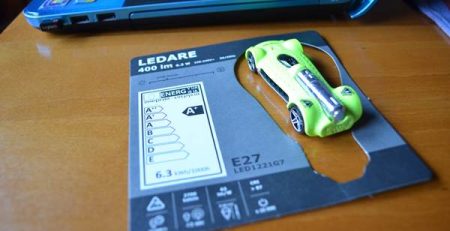
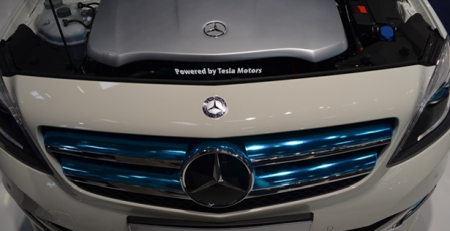
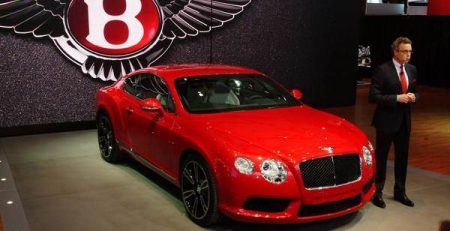

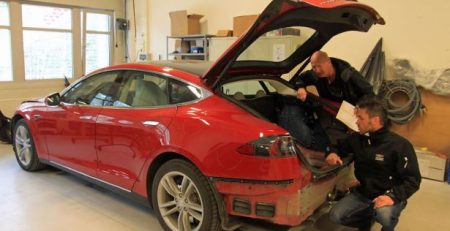
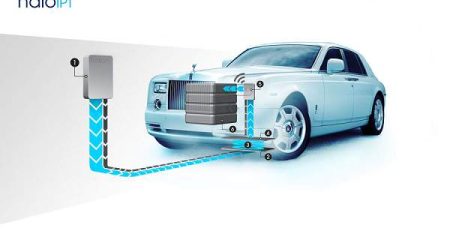
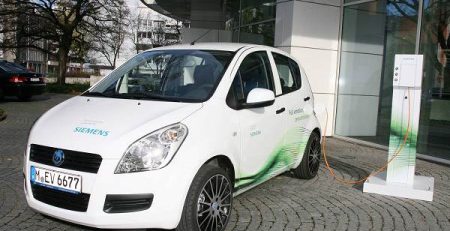
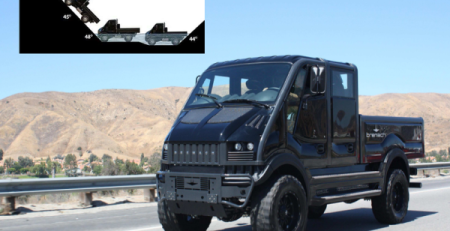
Leave a Reply